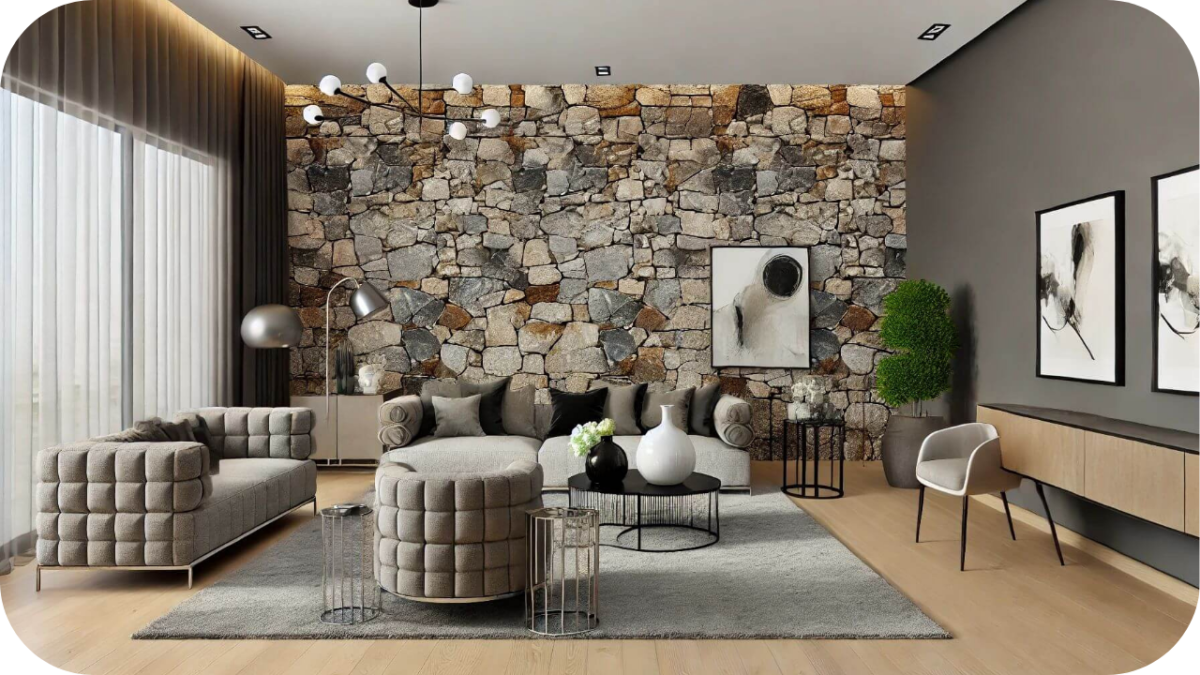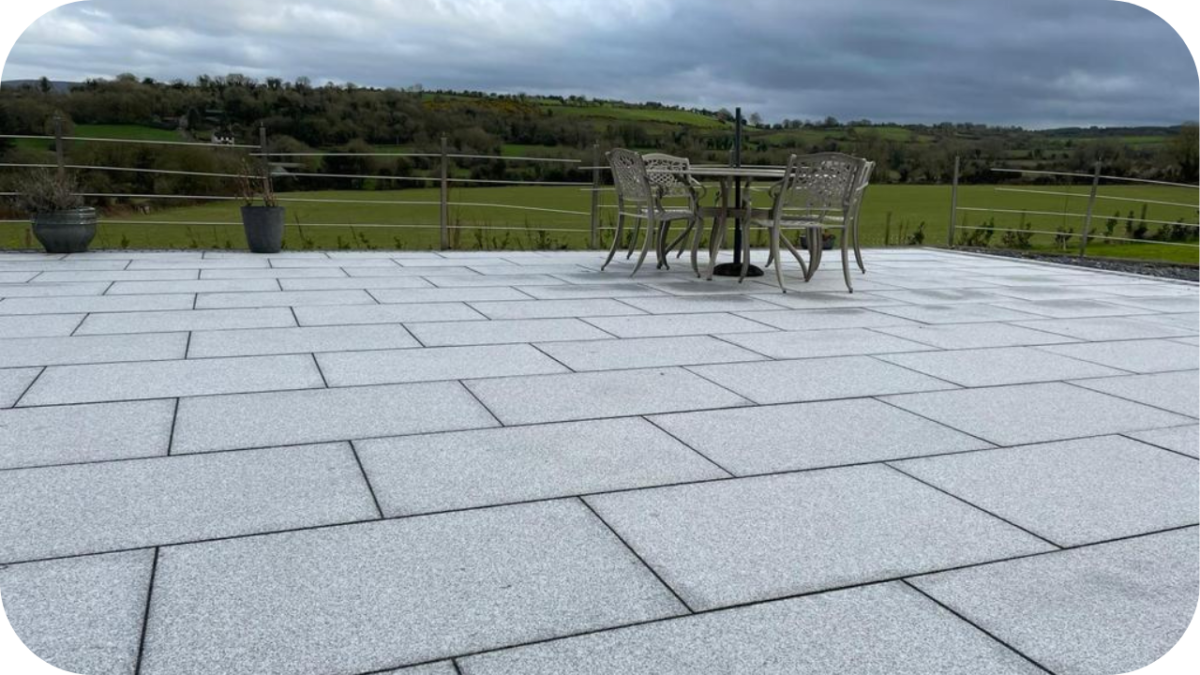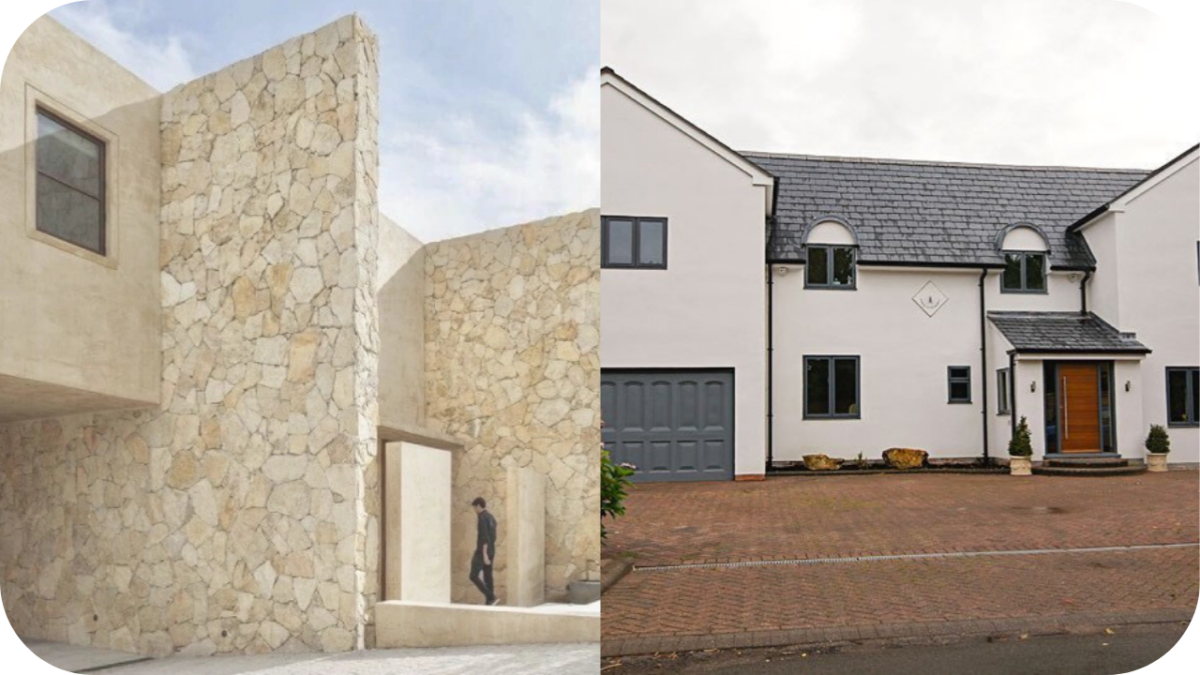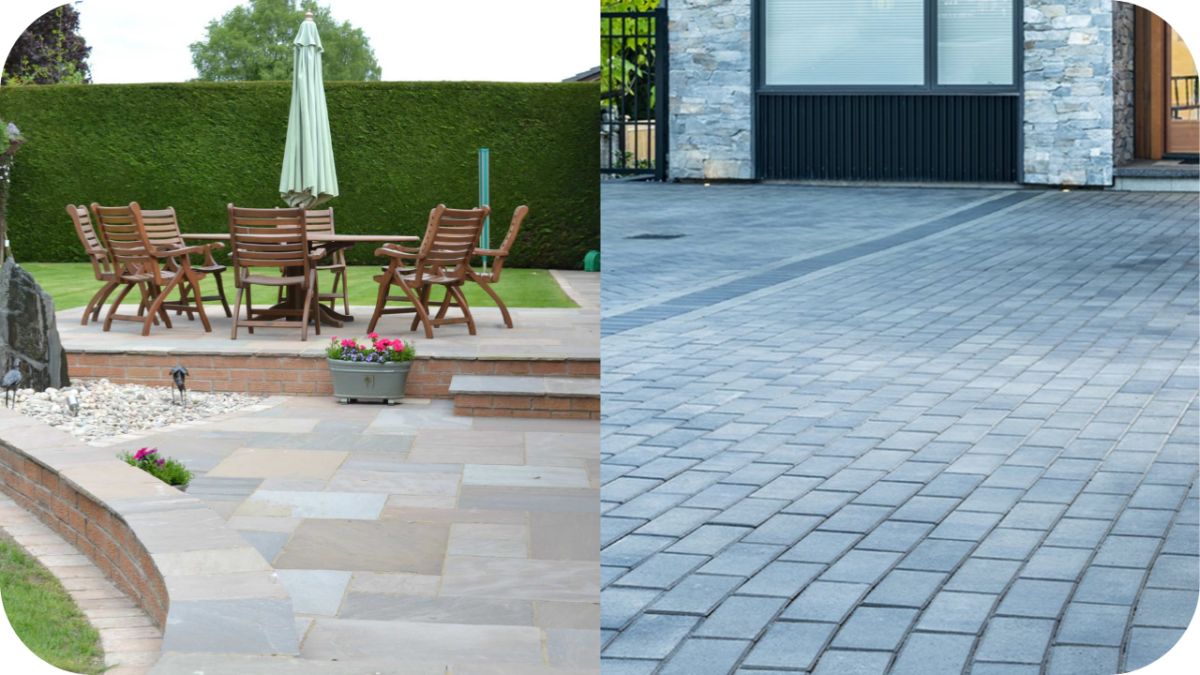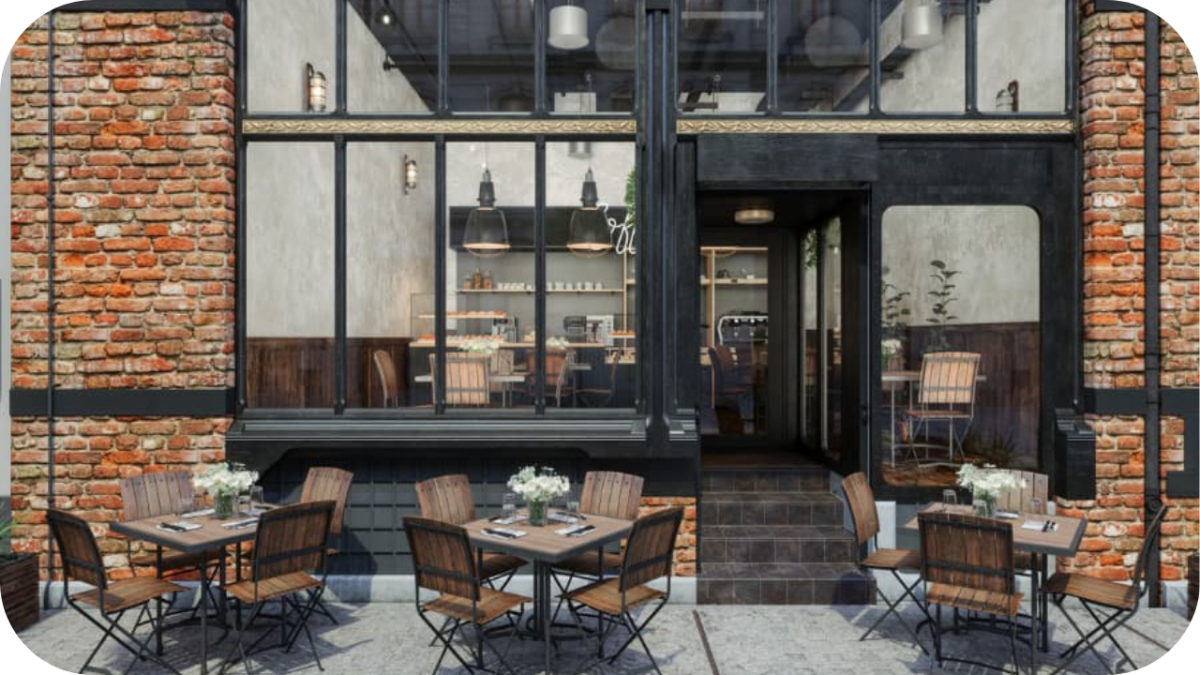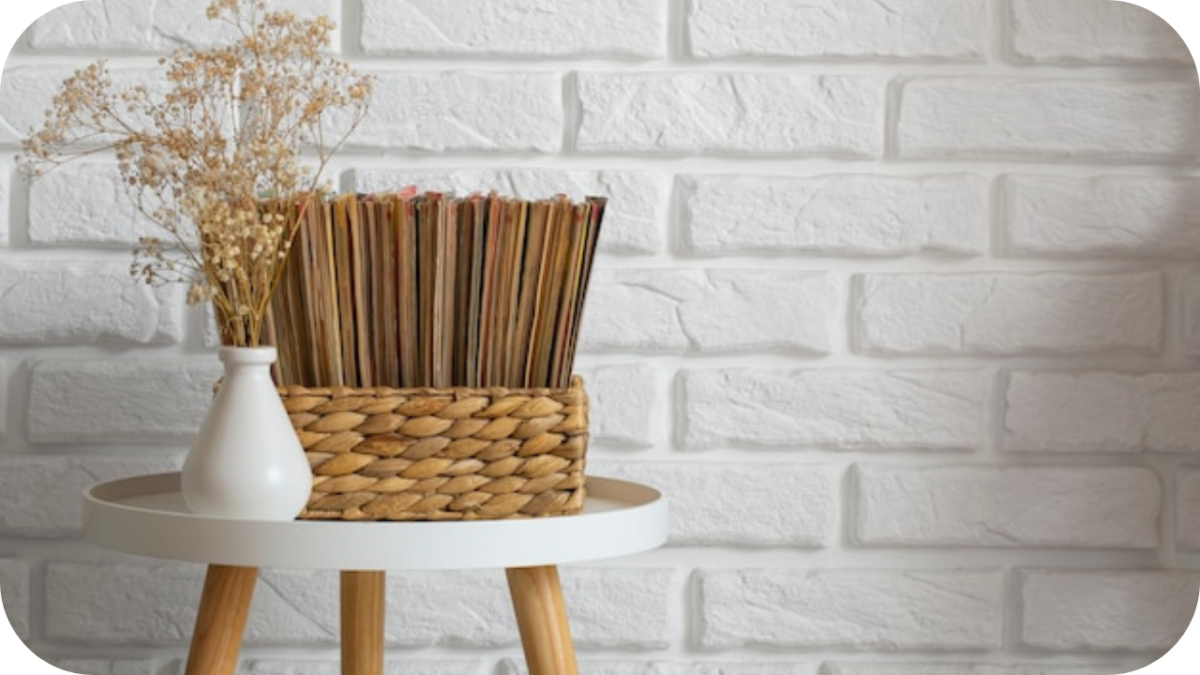10 Stunning Feature Wall Ideas Using Natural Stone
Looking to elevate your home with a stunning feature wall? Natural stone offers a timeless, elegant touch that can transform any room. From sleek marble to rustic sandstone, the possibilities are endless.
Whether you’re after a bold statement or a subtle addition, these 10 feature wall ideas will inspire your next design. Ready to create a space that combines beauty and durability? See how natural stone can bring your vision to life.
1. Classic Elegance with Marble Feature Walls
Marble is the epitome of timeless elegance, offering any space a luxurious and sophisticated feel. Its smooth texture and unique veining patterns make it a standout choice for feature walls, especially in living rooms and bathrooms. Whether opting for classic white marble like Carrara or bold hues like black or green marble, this natural stone adds a touch of refinement.
Its durability and staining resistance make it an excellent investment for long-term beauty. Use marble to create a striking focal point or complement a minimalist decor style with its clean, polished finish.
2. Rustic Charm with Sandstone Feature Walls
Sandstone’s natural warmth and earthy tones make it perfect for creating a rustic, inviting atmosphere. Ideal for traditional and farmhouse-style homes, sandstone feature walls bring a touch of the outdoors inside. This stone’s texture adds character and depth, making it an excellent choice for fireplaces, accent walls, or outdoor living spaces.
Sandstone is highly versatile, with colours ranging from soft beige to rich reds, allowing it to blend seamlessly with various design schemes. Its natural appeal and ability to withstand the elements make it ideal for interior and exterior feature walls.
3. Modern Minimalism with Slate Feature Walls
Slate is the go-to natural stone for those seeking a sleek, contemporary look. With its deep, rich colours and smooth, textured surfaces, slate adds an understated yet impactful design element to any room. Ideal for modern minimalist spaces, slate’s cool tones can make a bold statement without overwhelming the room.
Whether used in dark greys or softer shades, slate creates a calming atmosphere in bedrooms, bathrooms, and living areas. Its ability to be cut into thin panels makes it an ideal choice for feature walls, providing both style and practicality.
4. Bold and Dramatic with Limestone Feature Walls
Limestone brings a strong, bold presence to feature walls, making it ideal for those looking to make a statement. Known for its warm, neutral colours ranging from light cream to darker taupe, limestone adds a sense of solidity and grandeur. It’s perfect for creating dramatic contrasts in modern interiors while maintaining a natural, organic aesthetic.
The stone’s fine grain and soft texture lend it a luxurious, refined look, while its resilience ensures it remains beautiful for years. Limestone suits large feature walls in entryways or living rooms, creating a welcoming focal point.
5. Textured Elegance with Travertine Feature Walls
Travertine is a beautifully textured stone that brings depth and sophistication to feature walls. Its naturally porous surface creates an elegant finish that enhances contemporary and traditional spaces. Available in warm tones like cream, beige, and gold, travertine works well with both light and dark colour schemes.
Its textured finish adds visual interest and gives the stone a tactile quality that invites touch. Travertine is highly durable, resistant to moisture, and perfect for creating feature walls in bathrooms, kitchens, or even outdoor areas where it can withstand the elements.
6. Nature-Inspired Aesthetic with Slate and Wood Combo
For a genuinely nature-inspired aesthetic, combining slate with wood offers a striking visual balance between natural stone and organic warmth. The cool tones of slate complement the rich textures and colours of wood, creating a harmonious look that feels grounded and earthy. This combination works well in living rooms, bedrooms, or even accent walls in kitchens.
Slate and wood can also be used together to create contrast, enhancing the depth of a room. The natural appeal of both materials creates a relaxed yet refined atmosphere, making it ideal for those seeking a rustic, yet contemporary look.
7. Chic and Sophisticated with Granite Feature Walls
Granite offers an air of sophistication and luxury, making it a fantastic choice for high-end feature walls. Known for its durability and polished finish, granite comes in various stunning colours, from classic black to more exotic hues like blue and green.
Its natural crystalline structure creates a unique, shimmering effect, adding an opulent touch to modern or contemporary interiors.
Whether used in the living room, hallway, or even a feature wall in the kitchen, granite provides an eye-catching, low-maintenance solution that enhances your space’s aesthetic and practical qualities.
8. Outdoor Feature Walls with Natural Stone
Natural stone is an excellent material for creating outdoor feature walls, offering both beauty and durability. Stones like sandstone, granite, and limestone can withstand the elements, ensuring your feature wall maintains its beauty even in harsh weather conditions.
Outdoor feature walls can enhance garden spaces, patios, or pool areas, providing a striking backdrop to outdoor living.
The textures and colours of natural stone help to blend the built environment with nature, creating a seamless, organic look that complements your garden or outdoor décor beautifully.
9. Creating a Focal Point with White Marble for Contemporary Spaces
White marble is a classic choice for a clean, contemporary feature wall. Its subtle elegance and versatile look can complement any style, from modern minimalism to more traditional interiors. White marble’s unique veining patterns make it a standout feature, adding character to a space without overpowering it.
Ideal for living rooms, bedrooms, and kitchens, white marble’s calm, bright tones bring light and airiness into a room, making it feel larger and more open. It’s a timeless investment that will continue to impress for years, both in aesthetic and functionality.
10. Combining Stone and Metal for an Industrial Look
Combining natural stone with metal is a powerful way to achieve an industrial, modern look that’s bold and dynamic. With its raw, earthy texture, the Stone pairs beautifully with the sleek, reflective qualities of metal, creating a stunning contrast. For feature walls, consider using stone like slate, granite, or limestone, and complement it with metal accents such as steel or copper.
This combination works well in loft-style apartments, modern offices, or any space where you want to introduce a strong, industrial feel. Fusing these two materials brings a balanced mix of rugged and polished aesthetics.
Why Splendour In Stone is Your Go-To Source for Premium Natural Stone Feature Walls
Splendour In Stone is the go-to provider for exceptional quality and expert service when transforming your home with natural stone.
- Extensive Range of Premium Stones: Splendour In Stone offers a wide selection of high-quality natural stones, including marble, granite, sandstone, and limestone, which are ideal for creating stunning feature walls.
- Years of Expertise: With years of experience in the industry, Splendour In Stone is known for its exceptional knowledge and understanding of natural stone and its applications in home design.
- Personalised Service: Their team works closely with clients to select the perfect stone that matches their design vision and space needs, ensuring a tailored approach.
- Quality Assurance: All stones are sourced from trusted quarries, guaranteeing durability and long-lasting beauty for your feature wall.
- Sustainability and Ethical Sourcing: Splendour In Stone is committed to responsible sourcing practices, ensuring its products are both sustainable and ethically produced.
- Customer Satisfaction: Their dedication to delivering the highest customer service ensures a smooth and enjoyable experience from selection to installation.
- Expert Installation Guidance: Splendour In Stone provides expert installation advice, ensuring that your feature wall is executed flawlessly with the proper techniques and finishes.
- Competitive Pricing: While offering premium quality stone, Splendour In Stone remains competitive, making luxury accessible without compromising quality.
- Comprehensive Range of Services: Beyond supply, Splendour In Stone also offers additional services, including custom stone cutting and delivery, to meet the unique requirements of any project.
Conclusion
Natural stone offers endless possibilities for creating stunning feature walls that elevate any space. Whether you prefer marble’s elegance or sandstone’s rustic charm, there’s a stone to suit every style.
Ready to transform your home? Visit Splendour In Stone to explore premium natural rocks and bring your feature wall vision to life today.

